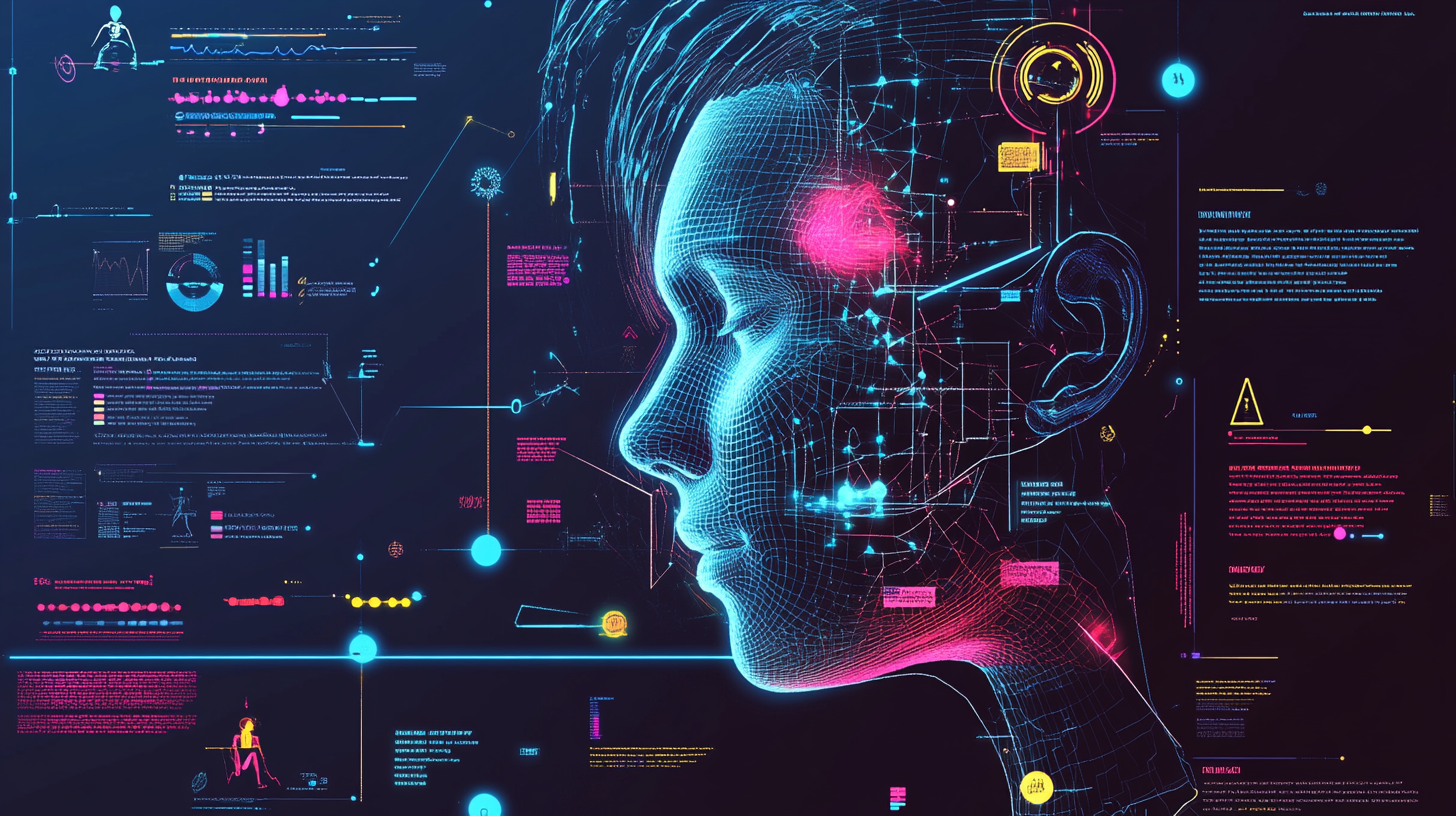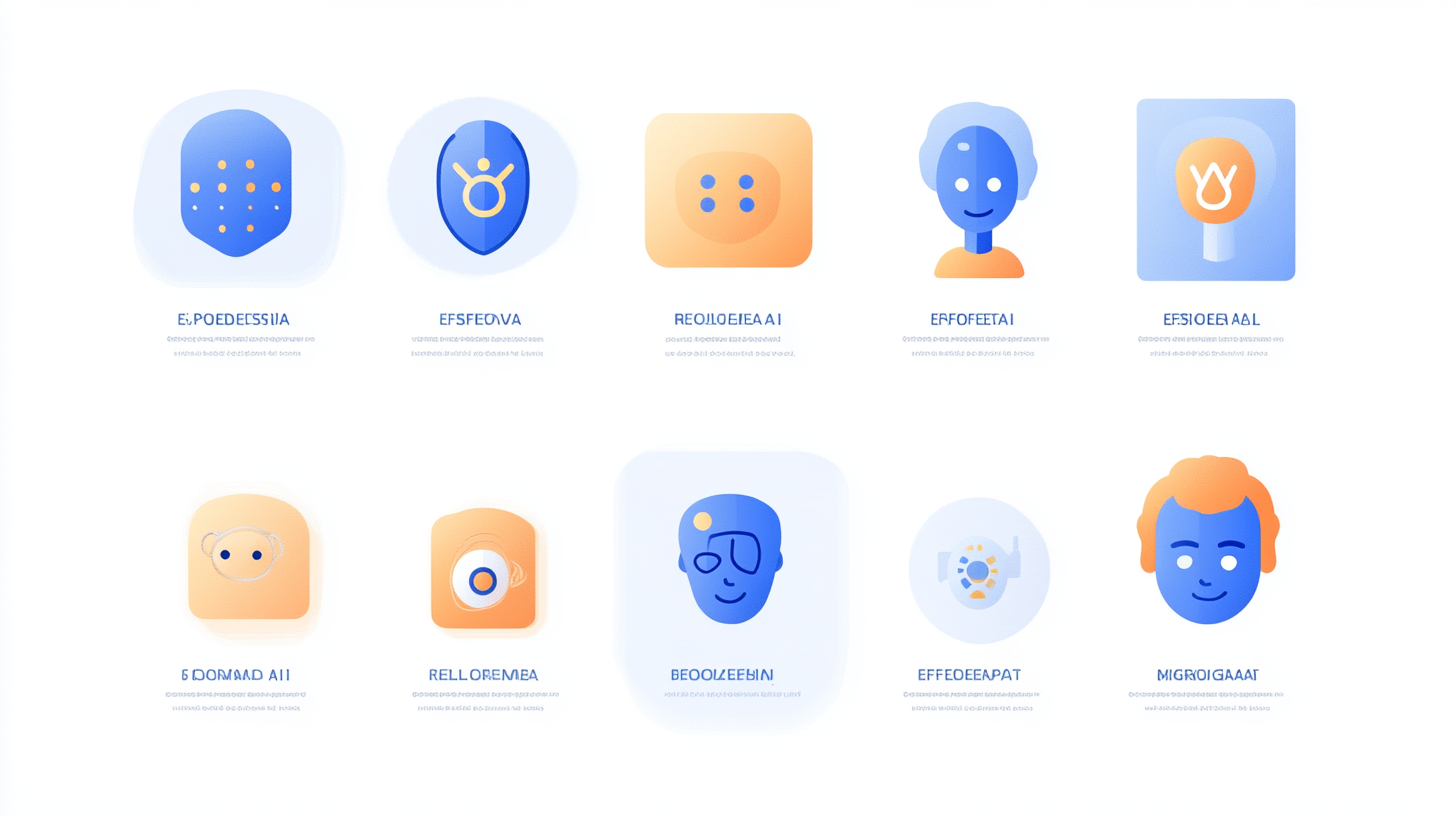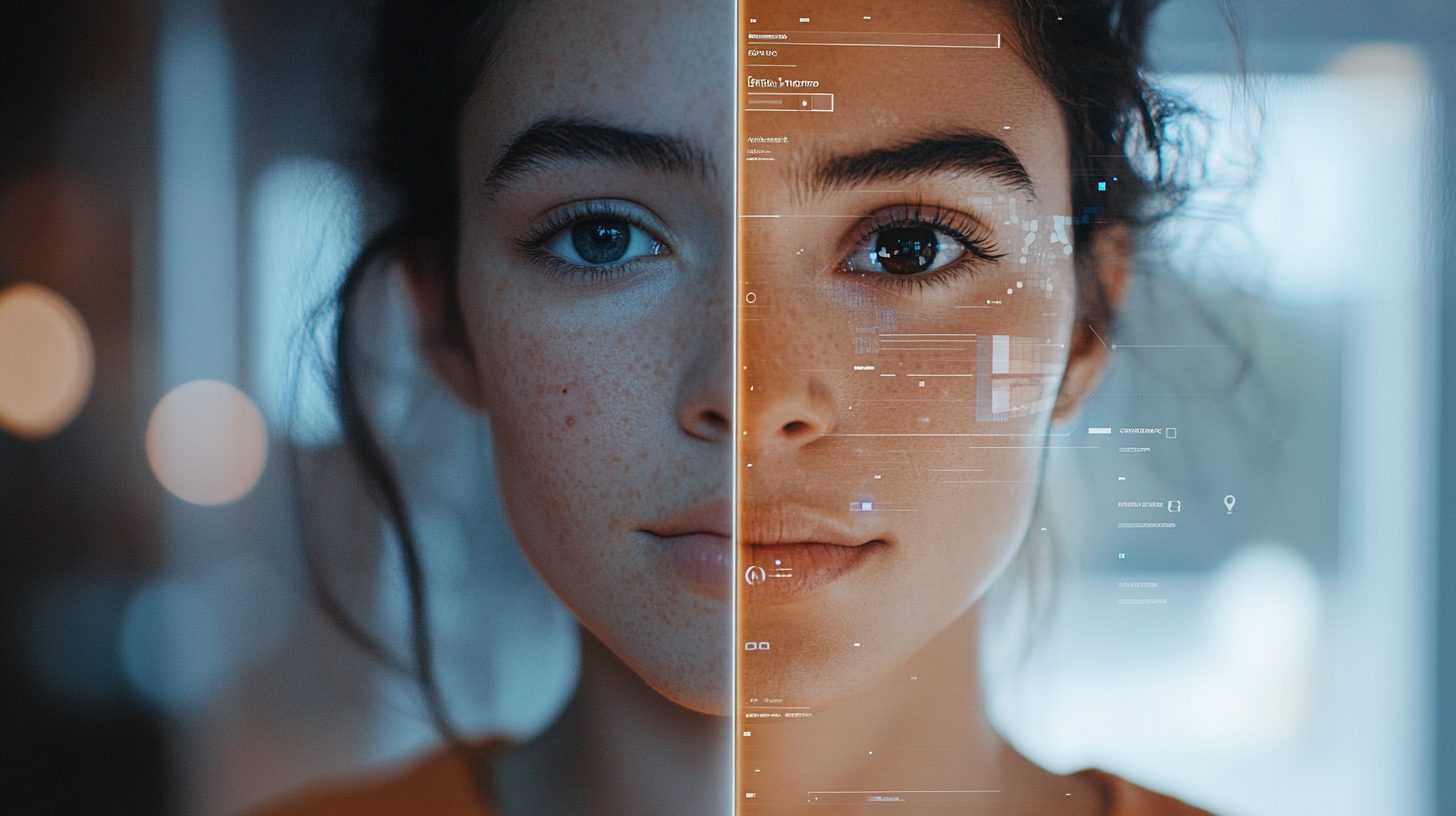I still remember the moment. Late evening, tired, sipping tea, casually watching a video. The ad that popped up? It hit me differently. The tone, the music, the pace – it all felt eerily in sync with my mood. Calm, reflective, a bit worn out. Was it just coincidence?
Curious, I started digging. That’s when I stumbled across the term Emotional AI – artificial intelligence that doesn’t just see what I do, but also how I feel while doing it.

The more I explored, the more fascinated I became.
Systems now read micro-expressions through my camera
Voice tech picks up stress, joy, sarcasm – even subtle changes
Text sentiment analysis knows if I’m frustrated in a chat, long before I hit “Send”
Tools like Affectiva, Realeyes, and Microsoft’s Emotion API make these capabilities accessible and scalable. Real-time emotion tracking is no longer a lab experiment – it’s baked into real-world marketing.

The most surprising part? Emotional AI is becoming a core tool in advertising.
A friend in a creative agency told me they now produce multiple emotional versions of each campaign. Then, depending on the viewer’s detected mood, the right version is shown: calm, upbeat, funny, comforting.
I asked him: “Does it actually work?”
His answer: Yes. Conversions go up. Clearly.

As a marketer, I’m excited. The precision, the empathy, the emotional engagement – it’s gold. But as a user? It’s… unsettling.
Emotions are delicate. Misreading them can lead to awkward, even manipulative moments. And let’s talk about privacy – where are these emotional responses stored? Is it anonymous? Who sees them?
I’ve come to believe that transparency and ethical guidelines are key. Emotional AI can be used for connection – not just conversion.

Then I thought: what would this look like at Bloola?
Our platform is built for data-driven collaboration and communication. Imagine if we added emotional insights:
Emotion-aware dashboards for campaign analysis
Reaction heatmaps on shared content
Team mood tracking for internal projects
Emotion is often the first signal of success, frustration, or inspiration. We just need to read it – responsibly.

Emotional AI changed the way I think about technology. It’s not just about intelligence anymore – it’s about empathy, context, timing.
The tools exist. It’s up to us to use them wisely: with care, transparency, and curiosity.
These Related Stories


